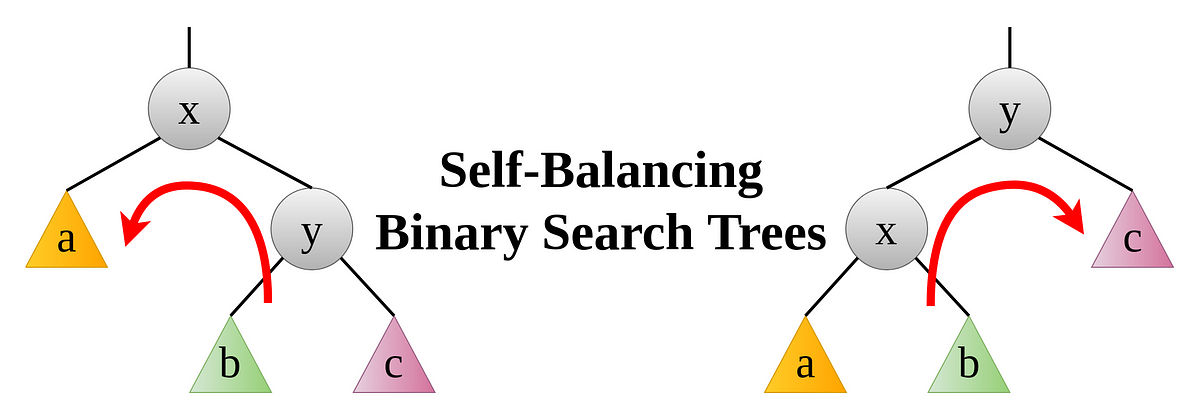Self-Balancing Trees and why are They Important

Self-balancing trees, also known as balanced trees, are a type of binary search tree data structure that automatically maintains balance during insertion and deletion operations. In a self-balancing tree, the height of the tree is kept relatively small, ensuring efficient search, insertion, and deletion operations with time complexity close to (log), where is the number of nodes in the tree.
The importance of self-balancing trees lies in their ability to prevent worst-case scenarios in traditional binary search trees, where the tree becomes highly unbalanced due to the order of insertions or deletions. In unbalanced trees, the time complexity of operations can degrade to on, making them inefficient for large datasets.
Here are some key points about self-balancing trees and their importance:
Maintaining Balance: Self-balancing trees employ algorithms and techniques to ensure that the tree remains balanced after insertions and deletions. By keeping the height of the tree relatively small and balanced, they ensure that search, insertion, and deletion operations have efficient time complexity.
Common Self-Balancing Trees:
Efficiency: Self-balancing trees ensure efficient performance for search, insertion, and deletion operations in both the average and worst cases. This efficiency is crucial for applications where performance is critical, such as databases, compilers, and operating systems.
Applications: Self-balancing trees are used in various applications and scenarios where efficient management of sorted data is required. They are commonly used in database indexing, symbol tables, priority queues, and as the underlying data structure for various algorithms and data structures.
Prevention of Degraded Performance: By maintaining balance, self-balancing trees prevent worst-case scenarios where the tree becomes highly unbalanced due to the order of insertions or deletions. This prevents degraded performance and ensures consistent and efficient operation regardless of the input data.
In summary, self-balancing trees play a crucial role in maintaining efficient performance for search, insertion, and deletion operations in binary search trees. By automatically maintaining balance, they prevent worst-case scenarios and ensure consistent and efficient operation, making them essential in various applications and scenarios where performance is critical.
Thank you,